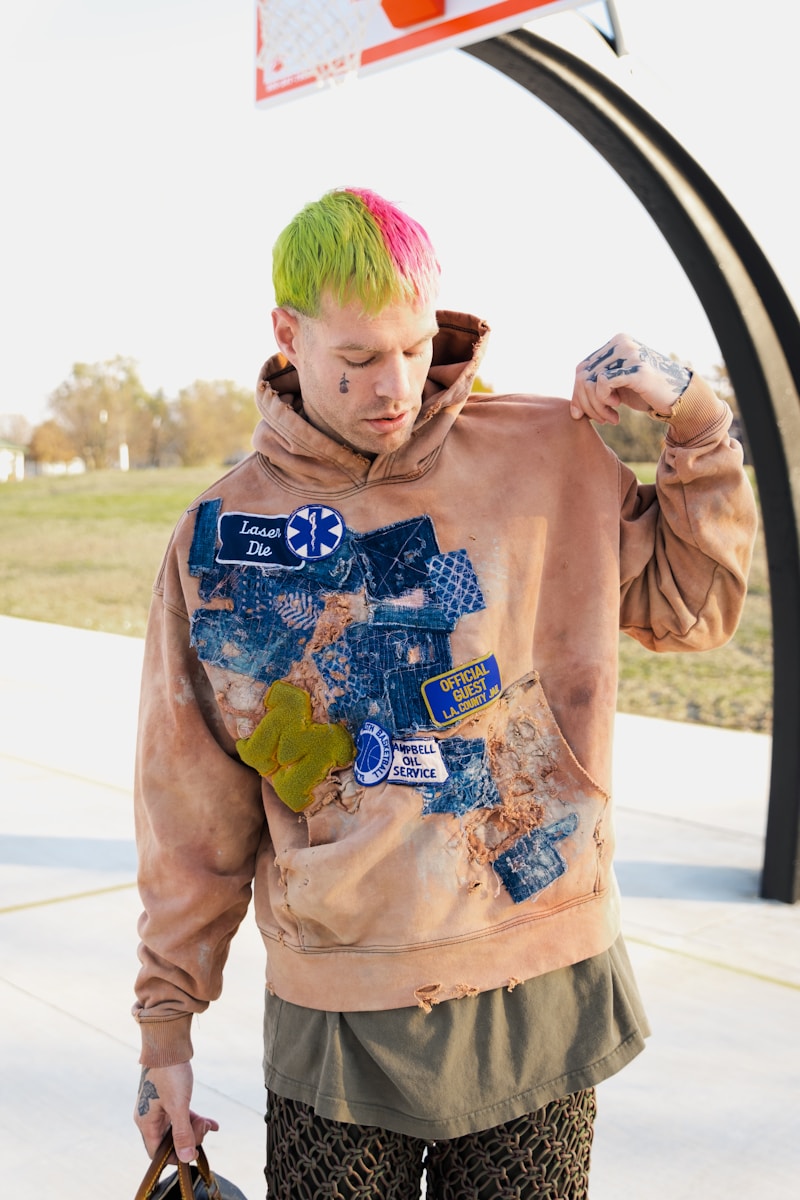Understanding Couture Processes: A Comprehensive Guide to Haute Couture
Understanding Couture Processes: A Comprehensive Guide to Haute Couture
What is Haute Couture?
Haute couture, a French term meaning "high sewing," refers to the creation of exclusive custom-fitted clothing. It is the pinnacle of fashion where luxurious materials, meticulous craftsmanship, and individual artistry converge to create garments that are nothing short of wearable art. Understanding couture processes is essential for those interested in fashion design, luxury retail, or simply appreciate the finer aspects of the fashion world.
The Origins of Couture
The evolution of couture can be traced back to the mid-19th century, when Charles Frederick Worth, an English designer, opened the first haute couture house in Paris. His garments were custom-made for upper-class clients, setting the stage for what would become an enduring and prestigious industry. Today, couture is not just about fashion; it encapsulates a rich history and cultural significance, resonating with artistry and elite craftsmanship.
The Couture Process
Understanding couture processes involves appreciating several distinct stages in the creation of a couture garment. Below are the key steps:
| Stage | Description |
| 1. Design Concept | The designer sketches their vision, often inspired by various influences including art, culture, or personal experiences. |
| 2. Fabric Selection | Sourcing luxurious fabrics suitable for the design. Materials like silk, velvet, and lace are commonly used. |
| 3. Draping and Fitting | Initial prototypes are draped on a mannequin to visualize the design. The first fittings are performed on clients for adjustments. |
| 4. Final Construction | Experts meticulously sew and finish the garment by hand, ensuring perfection down to the last detail. |
| 5. Follow-Up Fitting | Further fittings are conducted to ensure the garment achieves a flawless fit and overall aesthetic. |
| 6. Delivery | Once finalized, the couture piece is presented to the client, often accompanied by an unveiling event. |
Couture vs. Ready-to-Wear
One major distinction within the fashion industry is between haute couture and ready-to-wear. While both have their unique appeal, they serve different markets. Haute couture focuses on exclusivity, craftsmanship, and personalization, whereas ready-to-wear offers commercially viable garments produced in standard sizes. Clients of couture often include celebrities, socialites, and individuals with a taste for exclusive fashion experiences.
Who Typically Wears Couture?
Couture is generally reserved for the elite, including celebrities and fashion influencers, who seek unique and bespoke clothing for red carpet events, galas, and exclusive gatherings. Wearing haute couture signifies status and individuality—a statement that transcends mere fashion into the realm of art.

Trends in Couture Fashion
The world of couture is continually evolving, embracing modern influences while often paying homage to historical designs. Recent trends include:
- Eco-Friendly Practices: An increasing number of couture houses are adopting sustainable practices, using organic fabrics and minimizing waste.
- Technology Integration: Advanced techniques, such as 3D printing and digital embroidery, are becoming common in the development of couture pieces.
- Inclusivity: More designers are starting to offer made-to-measure garments for a broader range of body types and sizes, pushing the boundaries of traditional couture.
Challenges in the Couture Industry
While the allure of haute couture is undeniable, it is also fraught with challenges. The costs associated with creating couture garments can be immense, limiting the market to a select few. Here are some key challenges:
- High Production Costs: Sourcing luxurious fabrics and expert craftsmanship leads to high prices, often ranging from several thousand to millions of dollars for a single gown.
- Intense Competition: With numerous couture houses vying for prestige, designers must constantly innovate to stay relevant in a fast-paced industry.
- Changing Consumer Preferences: As fashion trends shift towards casual wear and sustainability, couture houses must adapt their offerings accordingly.
The Role of Fashion Weeks
Fashion Weeks play a pivotal role in the couture process. Events such as Paris Haute Couture Week serve as a platform for designers to showcase their latest collections. These shows attract influencers, media, and purchasers from around the globe, turning the spotlight on the intricate artistry of couture. Attending these events is essential for networking and gaining inspiration.
Learning and Entering the Couture World
For aspiring designers, breaking into the world of haute couture requires dedication and robust skills. Educational programs at renowned fashion schools provide foundational knowledge in design, sewing, and fabric manipulation. Participating in internships at established couture houses can also offer invaluable hands-on experience, allowing newcomers to learn the intricacies of couture processes.
Tips for Appreciating Couture
To truly appreciate the world of haute couture, consider the following tips:
- Attend Fashion Shows: Witness the craftsmanship and creativity live, allowing you to engage with the art of fashion.
- Explore the History: Delve into the rich history of couture design to understand its evolution and cultural impact.
- Follow Designers: Stay updated with the work of leading designers in the couture space to observe contemporary trends.
Conclusion
Understanding couture processes opens doors to a fascinating world filled with creativity, artistry, and luxury. As you explore the intricate steps involved, from design conception to final delivery, you gain insight into what differentiates haute couture from mass-produced fashion. While challenges persist within the industry, the rich heritage and continued innovation within couture ensures its relevance and allure remain steadfast. Whether you are a fashion enthusiast, a designer, or a mere admirer, recognizing the value of couture can enrich your understanding of fashion’s highest form.
